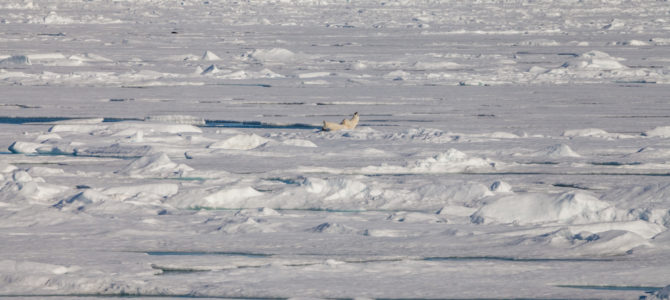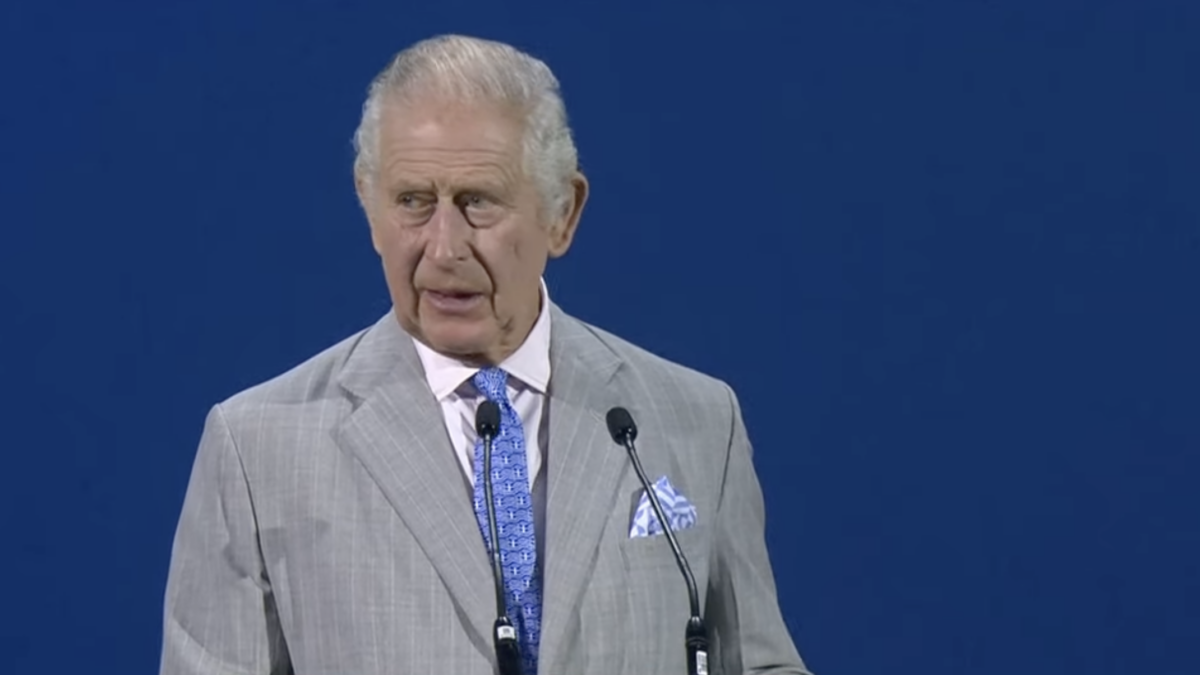
Joel Clement, a top climate policy official at the U.S. Department of Interior, has proclaimed himself a whistleblower. What is the grave injustice or illegal activity has he selflessly revealed to the public? Clement is upset that he was involuntarily reassigned to a job that doesn’t have anything to do with his previous work on climate change (he’s now processing royalty checks from fossil fuel companies). But you wouldn’t know it based on the media coverage.
Clement declared this week in an op-ed for The Washington Post and an appearance on NPR that his reassignment is the Trump administration’s retaliation against him for speaking out about the danger climate change poses to Alaska Native communities.
According to Clement, he raised the issue in multiple forums in the months preceding his reassignment, and “It is clear to me that the administration was so uncomfortable with this work, and my disclosures, that I was reassigned with the intent to coerce me into leaving the federal government.”
He’s probably halfway right about that. No doubt Trump’s Interior Secretary Ryan Zinke wants Clement to resign. But it’s not because of his “disclosures” but rather because the climate change work he was doing was a colossal waste of taxpayer dollars.
Bureaucrats Aren’t Making Native Alaskans Safer
Clement is both a scientist and bureaucrat (and now a self-proclaimed whistleblower). In 2012, he was appointed to co-direct a federal interagency initiative (PDF) to develop an “Arctic management framework that more effectively integrates cultural, ecological, and economic objectives in the face of rapid climate change.”
He claims that leaving his former position empty will “exacerbate the already significant threat to the health and the safety of certain Alaska Native communities,” and filed his complaint “because the Trump administration clearly retaliated against me for raising awareness of this danger.”
Understand what Clement is saying here: his position at the Department of Interior is so critical that leaving it vacant will put entire communities in danger. Sounds pretty scary, especially when he writes that “The Alaska Native villages of Kivalina, Shishmaref and Shaktoolik are perilously close to melting into the Arctic Ocean.”
In case you haven’t heard of these villages, they’re all perched on the west coast of Alaska, precariously situated on the shores of the Chukchi and Bering seas, where massive winter storms and erosion are a constant threat. As Clement notes, the villages “are one superstorm from being washed away, displacing hundreds of Americans and potentially costing lives.”
Scientists say climate change is thinning the sea ice that once provided protection from powerful waves and allowed the native Iñupiat people of the region to hunt bowhead whales for generations. Now, island villages like Kivalina face winter storms that can send huge waves right through town, destroying houses and property.
This is definitely a problem, but it’s not exactly new or previously unknown. In 2003, the Government Accountability Office wrote that Kivalina was in “imminent danger” of being washed out in a storm. The U.S. Army Corps of Engineers wrote in 2006 (PDF), “It has long been apparent that the island would eventually succumb to natural forces, and that the village would have to be moved.” Moving the village seems to be necessary, but it would cost at least $100 million and it’s unclear who would pay for it.
For the sake of argument, let’s stipulate that man-made climate change is threatening these villages. Let’s take Clement at his word, that “to stave off a life-threatening situation, Alaska needs the help of a fully engaged federal government.” In that case, wouldn’t the best course of action be to cut the billions in federal funding for climate change programs overseas and divert some of it to help relocate communities that are threatened here in America? Wouldn’t the job of bureaucrats at the Department of Interior be to help coordinate the process of relocating these villages?
Adapting to Climate Change Sometimes Means Relocating
That’s not exactly what Clement has in mind. To get a sense of the indispensable work he and his colleagues have been doing on climate change, consider a 2015 trip to one of those Alaskan villages he mentioned: Kivalina. Obama’s Interior secretary Sally Jewell, who at the time was Clement’s boss, flew all the way out there at taxpayer expense to use the village as a backdrop to announce $8 million in federal funding to help native communities adjust to climate change.
What on earth does that mean, you ask? According to the Department of Interior, the $8 million was designed to be doled out in “awards” to federally recognized tribes to pay for workshops on “climate adaptation planning” and travel costs for tribal leaders to attend such workshops. What might be the point of these workshops? Why, to “participate in cooperative climate change adaptation efforts (including Landscape Conservative Cooperatives, Climate Science Centers, and other adaptation management forums).”
In other words, it’s a giant boondoggle. If the real threat to these villages is that a changing coastal climate threatens to literally wash them away, then they simply need to be moved. There’s no point in paying millions for jargon-filled workshops and training sessions, or presentations at United Nations conferences, or expensive press junkets in western Alaska.
The fact is, sometimes remote Alaskan villages have to relocate, and getting it done isn’t rocket (or climate) science. My father was born in an Alutiiq village on the island of Afognak, part of the Kodiak Archipelago in the Gulf of Alaska. The Good Friday earthquake of 1964—a 9.2 magnitude quake, the most powerful ever recorded in North America—destroyed the village. The earthquake caused a tsunami that wiped it out.
Those who survived were relocated to a new village called Port Lions, because the Lions Club helped build it, but many eventually settled in the City of Kodiak. It didn’t take a team of federal scientists and bureaucrats to get it done. Today, where Afognak Village once stood there is nothing but a rocky coastline that gives way to a densely wooded island.
One day, nothing will remain of Kivalina but the wind-tossed waves of the Chukchi Sea. Continuing to employ bureaucrats like Clement, and fund their press junkets and presentations, will not save these places. Climate change, whatever its cause, means we must adapt. Sometimes, that’s going to mean picking up and moving down the coast. But let’s not make a federal case out of it.









